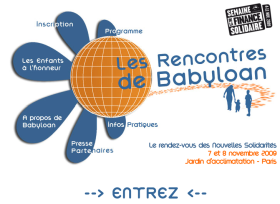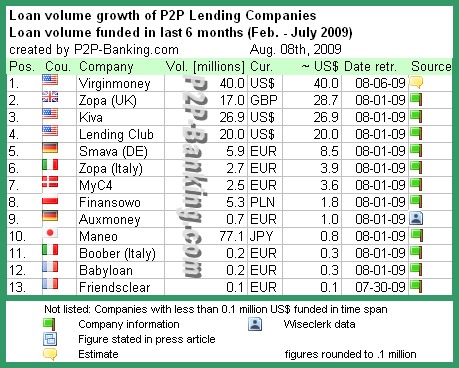Is there enough space for all of us and just how easy is it to set up shop?
In a span of just under 3 years, 3 new micro credit platforms have taken shape in the European micro lending P2P context:Â MyC4, Babyloan and the soon to be launched myAzimia.org (Azimia means to borrow and lend in swahili). These platforms are all aligned to a specific domestic market thanks to the way such businesses are regulated in Europe ; Myc4 is based in Denmark, Babyloan in France and myAzimia in the UK.
These are platforms all with varying business and revenue models but all with one key objective; to channel the capital of private and institutional investors in Europe to small businesses based in a emerging economies in sub saharan Africa and Asia. In achieving this objective, these young businesses get a life line of capital that they badly need, finally get an opportunity to enter the formal financial sector and the economic and social fabric of the countries that they operate in are significantly improved and ultimately the quality of life of these individuals is upgraded. I don’t need to to reinvent the wheel here, we all know about the fantastic tool that microfinance can be in helping to alleviate poverty and helping to improve lives, but the innovative element of these platforms takes microfinance as a financial tool to a new level as it uses the internet as a linkage between the entrepreneurs in developing economies and social investors in Europe.
As I mentioned already the business models of these platforms are all different, and one platform in particular has suffered significant reputational damage within the last 6 months as a result of selecting MFI partner institutions in Africa, that for one reason or another, turned out completely unable to deliver what they had promised. This is a challenge that any platform of this nature faces, the questions that need to be thoroughly explored before selecting partner institutions responsible for loan selection and assessment are:
1. who are the partners in the developing country?
2. Are they regulated locally?
3. Do they understand our process?
4.Do they already have a quality loan book?
5.Do they have high standards in their credit approval procedure?
6. Do they understand the local market and how it operates?
7. Do they have a good track record?
The identification and marketing to social investors is also an important aspect but to my mind has been highly overrated by some commentators. My motto is, get the right partners to work with, understand the market that you plan to disburse loans in and everything else will follow. Continue reading →

 November is, traditionally, in France the Month of Solidarity and social economy, and one week is dedicated to finance.
November is, traditionally, in France the Month of Solidarity and social economy, and one week is dedicated to finance.
 Last year in December
Last year in December